

Articles
How To Get Rid Of Moths In Closet
Modified: January 5, 2024
Looking for tips on home maintenance? Learn how to effectively get rid of moths in your closet and keep your clothes safe and moth-free with our helpful guide.
(Many of the links in this article redirect to a specific reviewed product. Your purchase of these products through affiliate links helps to generate commission for Storables.com, at no extra cost. Learn more)
Introduction
Welcome to our comprehensive guide on how to get rid of moths in your closet. Moths can be a nuisance, wreaking havoc on your favorite clothes and fabrics. These pesky insects can quickly multiply and leave behind unsightly holes or damage to your wardrobe. But fear not, as we have gathered a plethora of tips and tricks to help you effectively eliminate moths and protect your belongings.
Before we dive into the methods of moth removal, it’s important to understand the different types of moths that might invade your closet. The two most common species are clothes moths and pantry moths. Clothes moths are attracted to natural fibers like wool, silk, or fur, while pantry moths infest stored food items, such as grains, flour, or dried fruits.
Identifying the type of moths infesting your closet will help you tailor your approach to eliminate them successfully. In this guide, we will primarily focus on clothes moths, as they are the most common culprits causing damage to clothing and fabrics.
Understanding the behavior of moths is crucial in implementing effective prevention measures. Moths are attracted to dark, undisturbed areas, which is why closets provide the perfect breeding ground. They are particularly active during warm and humid weather conditions, making it essential to address the issue promptly to prevent further infestation.
In the following sections, we will explore various prevention methods, deep cleaning techniques, natural remedies, and storage techniques to help you get rid of moths in your closet and keep them at bay. By combining these strategies and maintaining regular maintenance and inspections, you can protect your clothes and fabrics from moth damage.
So let’s dive in and discover the best ways to tackle this pesky problem and reclaim your closet from those unwanted guests!
Key Takeaways:
- Protect your closet from moths by understanding their behavior, implementing prevention methods, and using natural remedies and commercially available moth repellents. Regular maintenance and inspections are crucial for long-term moth control.
- Deep clean your closet, use natural remedies like cedar wood and lavender, and consider moth repellents to effectively eliminate moths. Proper storage techniques and regular maintenance are key to preventing future infestations.
Identifying the Type of Moths
Before you can effectively deal with a moth infestation in your closet, it’s crucial to identify the type of moths you’re dealing with. As mentioned earlier, the two most common types are clothes moths and pantry moths.
Clothes moths, scientifically known as Tineola bisselliella, are small, golden-brown insects with narrow wings that fold over their backs when at rest. They typically measure around half an inch in length. Clothes moths are attracted to natural fibers like wool, silk, fur, and feathers. They lay their eggs in dark, undisturbed areas, such as closets, where they can easily infest clothing, carpets, and upholstery.
Pantry moths, on the other hand, also known as Indian meal moths or grain moths, are slightly larger with a wingspan of around three-fourths of an inch. They have a distinct pattern on their wings – a combination of gray, copper, and bronze. Pantry moths infest stored food items like grains, flour, cereals, nuts, and dried fruits. If you notice small worms or larvae crawling in your pantry or around your food, it’s a clear sign of a pantry moth infestation.
To determine the type of moths in your closet, carefully examine any affected clothing or fabrics. Look for small holes or irregular patterns of damage, as this is a common sign of clothes moth infestation. In some cases, you might even find larvae or pupae clinging to the fabric. If you suspect pantry moths, inspect your pantry and storage areas for signs of larvae, webbing, or adult moths flying around.
Once you have identified the type of moths infesting your closet, you can target your efforts toward specific methods of eradication and prevention. For the purpose of this guide, we will focus primarily on clothes moths, as they are the most common culprits found in closets and pose a threat to clothing and fabrics.
With a clear understanding of the moths you’re dealing with, you can move on to implementing prevention measures and eliminating the infestation effectively. Let’s explore the next section, where we will discuss the behavior of moths and understand why they are drawn to closets in the first place.
Understanding Moth Behavior
To effectively combat a moth infestation in your closet, it’s essential to understand their behavior and why they are drawn to this particular area of your home. Moths are attracted to dark, undisturbed environments, making closets an ideal breeding ground for them.
Moths are primarily active during warm and humid weather conditions, which is why infestations tend to peak during the summer months. Female moths lay eggs on clothing, upholstery, or other fabrics, which serve as a food source for their larvae once they hatch. Clothes moths in particular are drawn to natural fibers like wool, silk, fur, and feathers, as they provide the nutrients necessary for the larvae’s development.
When the larvae hatch, they start feeding on the fabric, leaving behind small holes and damage. These larvae can go unnoticed for a long time, as they prefer dark and hidden places—such as the folds of clothing or the corners of your closet—where they can safely continue their feeding and growth.
Moths are also known to be attracted to certain scents and odors. They can detect perspiration, body oils, perfume, and food traces on clothing, making these items particularly susceptible to infestation. Additionally, moths may be drawn to soiled or stained clothing, which contains organic matter that serves as a food source for their larvae.
Understanding these behaviors and preferences enables us to implement targeted prevention strategies to deter moths from infesting our closets and protect our clothing and fabrics.
In the next sections, we will cover various prevention methods, deep cleaning techniques, natural remedies, and storage techniques to effectively get rid of moths in your closet and prevent future infestations. By combining these strategies and maintaining regular inspections and cleaning routines, you can create an environment that is inhospitable to moths and reduce the risk of damage to your belongings.
Now that we have a better understanding of moth behavior, let’s move on to exploring prevention methods to keep these pesky insects at bay.
Prevention Methods
Preventing moth infestation in your closet is key to safeguarding your clothing and fabrics. By implementing these preventative measures, you can reduce the risk of moths taking up residence in your belongings:
- Maintain cleanliness: Keep your closet clean and well-organized. Regularly vacuum or sweep the floor to remove any stray fibers, hair, or other debris that may attract moths.
- Proper ventilation: Ensure your closet has proper airflow and ventilation. Moths thrive in humid environments, so consider using a dehumidifier or opening windows to reduce moisture.
- Seal entry points: Check for any gaps or cracks in your closet walls, baseboards, or windows that may serve as entry points for moths. Seal these openings to prevent them from infiltrating your space.
- Regularly rotate clothing: Moths are less likely to infest clothes that are frequently worn or moved. Rotate your clothing and avoid leaving them undisturbed for long periods.
- Keep dirty laundry separate: Store dirty laundry in a separate hamper or bag to prevent moths from being attracted to soiled fabric.
- Avoid storing unwashed garments: Moths are attracted to perspiration and body oils on clothing. Ensure all items are clean before storing them in your closet.
- Use moth-proof containers: Store vulnerable items, such as woolens or silk garments, in sealed plastic containers or garment bags specifically designed to deter moths.
- Regularly clean and inspect stored items: Take the time to inspect and clean stored items at least once a year. Remove items from storage, shake them out, and check for any signs of moth damage.
By incorporating these prevention methods into your routine, you can reduce the risk of moth infestation and protect your clothing and fabrics from damage. However, if you already notice signs of a moth infestation in your closet, it’s important to take immediate action. In the next section, we will explore the steps for deep cleaning your closet to eliminate moths and their larvae effectively.
Deep Cleaning the Closet
When dealing with a moth infestation in your closet, thorough cleaning is essential to eradicate the problem. Follow these steps to effectively deep clean your closet and eliminate moths and their larvae:
- Empty the closet: Remove all items from the closet, including clothing, accessories, and any other stored items.
- Shake out and inspect: Take each item outside and shake it vigorously to dislodge any moth larvae or eggs. Inspect the items for any signs of damage or infestation.
- Wash or dry clean: Launder or dry clean all washable items. Washing in hot water or dry cleaning will kill any remaining moth larvae or eggs.
- Vacuum the closet: Thoroughly vacuum all surfaces of the closet, including walls, shelves, baseboards, and corners. Pay extra attention to seams and crevices where moths may lay eggs.
- Dispose of vacuum bag or contents: After vacuuming, immediately dispose of the vacuum bag or empty the canister contents into a sealed plastic bag and discard it to prevent any remaining larvae from hatching and re-infesting the closet.
- Clean the closet fixtures: Use a gentle cleaning solution and a soft cloth to wipe down the closet fixtures, such as rods, shelves, and hangers. This will help remove any moth pheromones or attractants that may linger.
- Inspect and treat cracks or crevices: Check for any cracks or crevices in the closet, such as gaps in baseboards or corners. Seal these openings and apply an appropriate insecticide to prevent future infestations.
- Allow the closet to ventilate: After cleaning, leave the closet open for a few hours to promote airflow and allow any remaining moths to escape.
Once the closet is thoroughly cleaned and dry, you can begin returning items to the space. Ensure that all items are clean and free from any signs of moth damage before placing them back into the closet.
By deep cleaning your closet and following these steps, you can eliminate moths and their larvae, removing their food source and reducing the risk of re-infestation. In the next sections, we will explore natural remedies and moth repellents that can be used to further enhance your moth control efforts.
To get rid of moths in your closet, regularly clean and vacuum the area, store clothes in airtight containers, and use moth repellents like cedar blocks or lavender sachets.
Read more: Pantry Moth How To Get Rid Of
Natural Remedies for Moth Control
If you prefer to take a more natural and chemical-free approach to moth control, there are several effective remedies you can try. These natural remedies not only help repel moths but also provide a pleasant aroma in your closet. Here are some options:
- Cedar wood: Cedar wood is a natural moth repellent due to its strong scent. You can use cedar chips, cedar balls, or cedar blocks in your closet to deter moths. Place these items near your clothing or hang cedar sachets in your closet to repel moths.
- Lavender: Moths dislike the smell of lavender. Hang sachets filled with dried lavender flowers or use lavender essential oil on cotton balls and place them in your closet. Not only will it keep moths away, but it will also leave a pleasant fragrance.
- Bay leaves: Bay leaves are another natural moth repellent. Place dried bay leaves in your closet, or tie them in small sachets, and scatter them amongst your clothes and fabrics.
- Cloves: Moths are repelled by the strong scent of cloves. Wrap whole cloves in a breathable cloth, such as cheesecloth, and hang them in your closet to deter moths.
- Herbal repellent sachets: Create your own herbal sachets using a combination of moth-repellent herbs, such as rosemary, thyme, mint, or eucalyptus. Tie them tightly in small fabric pouches and place them in your closet.
- Freezing garments: If you suspect an item of clothing is infested with moth larvae, seal it in a plastic bag and place it in the freezer for at least 48 hours. Freezing the garments will kill the larvae and help prevent further damage.
It’s important to note that natural remedies might need to be refreshed or replaced periodically to maintain their effectiveness. Additionally, while these remedies can help repel moths, they may not completely eliminate a severe infestation. Consider combining natural remedies with other prevention methods for optimal results.
Now that we’ve explored natural remedies for moth control, let’s move on to discussing commercially available moth repellents that can provide an extra layer of protection for your clothing and fabrics.
Using Moth Repellents
In addition to natural remedies, there are various commercially available moth repellents that can help protect your clothing and fabrics from infestation. These products are specifically designed to repel moths and prevent them from damaging your belongings. Here are some common types of moth repellents:
- Mothballs: Mothballs contain chemicals, such as naphthalene or paradichlorobenzene, which release fumes that repel moths. Place mothballs in airtight containers or use mothball pouches in your closet. However, it’s important to note that mothballs can be toxic and emit strong odors, so use them with caution and follow the instructions on the packaging.
- Moth crystals: Similar to mothballs, moth crystals also release fumes that repel moths. They come in the form of small crystals, which can be placed in sachets or containers and scattered throughout your closet.
- Moth repellent sprays: There are commercially available moth repellent sprays that you can apply directly to your clothing or fabrics. These sprays typically contain ingredients like cedar oil, lavender oil, or other natural repellents to deter moths. Follow the instructions on the spray bottle and treat your garments in a well-ventilated area.
- Moth repellent strips: Moth repellent strips are small adhesive strips impregnated with a moth-repellent chemical. These strips can be attached to hangers or placed in garment bags to provide continuous protection for your clothes.
- Moth repellent hang-ups: These are hangers with built-in moth repellent properties. They release a scent that repels moths and helps protect your clothing from damage.
When using moth repellents, it’s important to carefully read and follow the instructions provided by the manufacturer. Take note of any precautions or safety measures to ensure the proper use of these products.
Remember that while moth repellents can be effective, they are not a standalone solution. It’s still essential to implement other prevention methods, such as regular cleaning, proper storage techniques, and inspections, to maintain a moth-free environment in your closet.
Now that we’ve covered natural remedies and commercially available moth repellents, let’s move on to learning about proper storage techniques to further prevent moth infestations in your closet.
Proper Storage Techniques
Proper storage techniques are crucial for preventing moth infestations and keeping your clothing and fabrics safe. By following these guidelines, you can create an environment that is less attractive to moths:
- Clean clothing before storage: Ensure that all items are clean and free of any food stains, perspiration, or body oils before storing them in your closet. Moths are attracted to these substances.
- Use airtight containers: Store vulnerable items, such as woolens, silks, or fur garments, in airtight containers to prevent moths from accessing them. Vacuum-seal bags or plastic containers with tight-fitting lids work well for this purpose.
- Consider garment bags: For delicate or special garments, use breathable garment bags to provide an additional layer of protection. Avoid using plastic bags, as they can trap moisture and create a favorable environment for moths.
- Separate clean and dirty items: Do not mix clean and dirty clothing together. Store dirty laundry in a separate hamper or bag to prevent moths from being attracted to soiled fabric.
- Maintain proper folding and hanging: Fold garments neatly, using acid-free tissue paper to prevent creases and maintain their shape. Hang clothing that is prone to wrinkling to help preserve their condition.
- Avoid overcrowding: Avoid cramming too many items into your closet. Overcrowding can create dark and undisturbed areas where moths thrive. Leave enough space for airflow and easy access to your clothing.
- Regularly rotate stored items: Moths are less likely to infest clothing that is frequently moved or worn. Rotate your stored items regularly to prevent moths from settling in undisturbed areas.
- Monitor for signs of infestation: Regularly inspect your stored items for any signs of moth damage, such as small holes, webbing, or larvae. If you suspect an infestation, take immediate action to prevent further damage.
By implementing these proper storage techniques, you can minimize the risk of moth infestations and protect your clothing and fabrics from damage. Remember to regularly clean and inspect your stored items to ensure their long-term preservation.
Now that we’ve covered proper storage techniques, let’s move on to discussing the importance of regular maintenance and inspections to keep moths at bay.
Regular Maintenance and Inspection
Regular maintenance and inspections are essential to ensure a moth-free environment in your closet. By incorporating these practices into your routine, you can detect and address any potential moth infestations before they become a major problem. Here are some key steps for regular maintenance and inspection:
- Regularly clean your closet: Regular cleaning of your closet, including vacuuming or sweeping the floor and wiping down surfaces, helps remove any potential food sources or hiding spots for moths.
- Inspect for signs of moths: Routinely inspect your closet for signs of moth activity, such as small holes in clothing, larvae or pupae, or adult moths flying around. Pay close attention to the corners, seams, and fold areas of your garments.
- Check for moisture: Moisture can attract moths, so regularly inspect your closet for any signs of excess humidity or dampness. Address any issues with ventilation or consider using a dehumidifier if necessary.
- Rotate and move clothing: Regularly move and rotate your clothing to prevent moths from settling in undisturbed areas. This also provides an opportunity to inspect and clean your garments more thoroughly.
- Keep the closet well-lit: Moths prefer dark environments, so keeping your closet well-lit can help deter them. Install adequate lighting to make the area less appealing to moths.
- Maintain cleanliness in adjacent areas: Moths can spread from one area to another, so keep adjacent areas, such as bedrooms or laundry rooms, clean to minimize the risk of infestations spreading to your closet.
- Be mindful of second-hand items: If you bring in second-hand clothing or fabrics, thoroughly inspect and clean them before placing them in your closet. Moths or their eggs could be present on these items and can quickly infest your entire wardrobe.
- Consider pheromone traps: Pheromone traps are available commercially and can help monitor and trap male moths, disrupting their mating cycle. These traps can be useful in detecting early signs of moth activity.
By incorporating regular maintenance and inspections into your routine, you can stay proactive in preventing and addressing moth infestations in your closet. If you do notice any signs of moths, take immediate action to eliminate them and implement stricter prevention methods to avoid future problems.
Now that we’ve covered the importance of regular maintenance and inspections, let’s conclude our guide on how to get rid of moths in your closet.
Read more: How To Get Rid Of Moths In Wardrobe
Conclusion
Dealing with a moth infestation in your closet can be frustrating, but with the right techniques and prevention methods, you can effectively get rid of moths and protect your clothing and fabrics. By identifying the type of moths and understanding their behavior, you can tailor your approach to target the specific species infesting your closet. Prevention is key, so implement proper storage techniques, regular cleaning, and inspections to create an environment that is less inviting to moths.
Deep cleaning your closet is crucial in eliminating moths and their larvae. Emptying the closet, washing or dry cleaning items, vacuuming thoroughly, and inspecting every crevice will help eradicate current infestations and minimize the risk of re-infestation. Natural remedies, such as cedar wood, lavender, and bay leaves, can act as effective moth repellents, while commercially available moth repellents provide an additional layer of protection.
Proper storage techniques, including using airtight containers, separating clean and dirty items, and implementing regular rotation, help prevent moths from accessing and damaging your clothing. Regular maintenance and inspections are essential in detecting and addressing any potential moth infestations before they become extensive problems.
Remember, moth control is an ongoing process. Stay vigilant, and if you do notice signs of moth activity, take immediate action to eliminate them and reinforce your prevention methods. By incorporating these strategies into your routine, you can protect your closet from moths and keep your clothing and fabrics safe.
We hope this comprehensive guide has provided you with valuable insights and practical tips on how to get rid of moths in your closet. With patience and persistence, you can successfully eliminate moths and enjoy a moth-free wardrobe.
Frequently Asked Questions about How To Get Rid Of Moths In Closet
Was this page helpful?
At Storables.com, we guarantee accurate and reliable information. Our content, validated by Expert Board Contributors, is crafted following stringent Editorial Policies. We're committed to providing you with well-researched, expert-backed insights for all your informational needs.


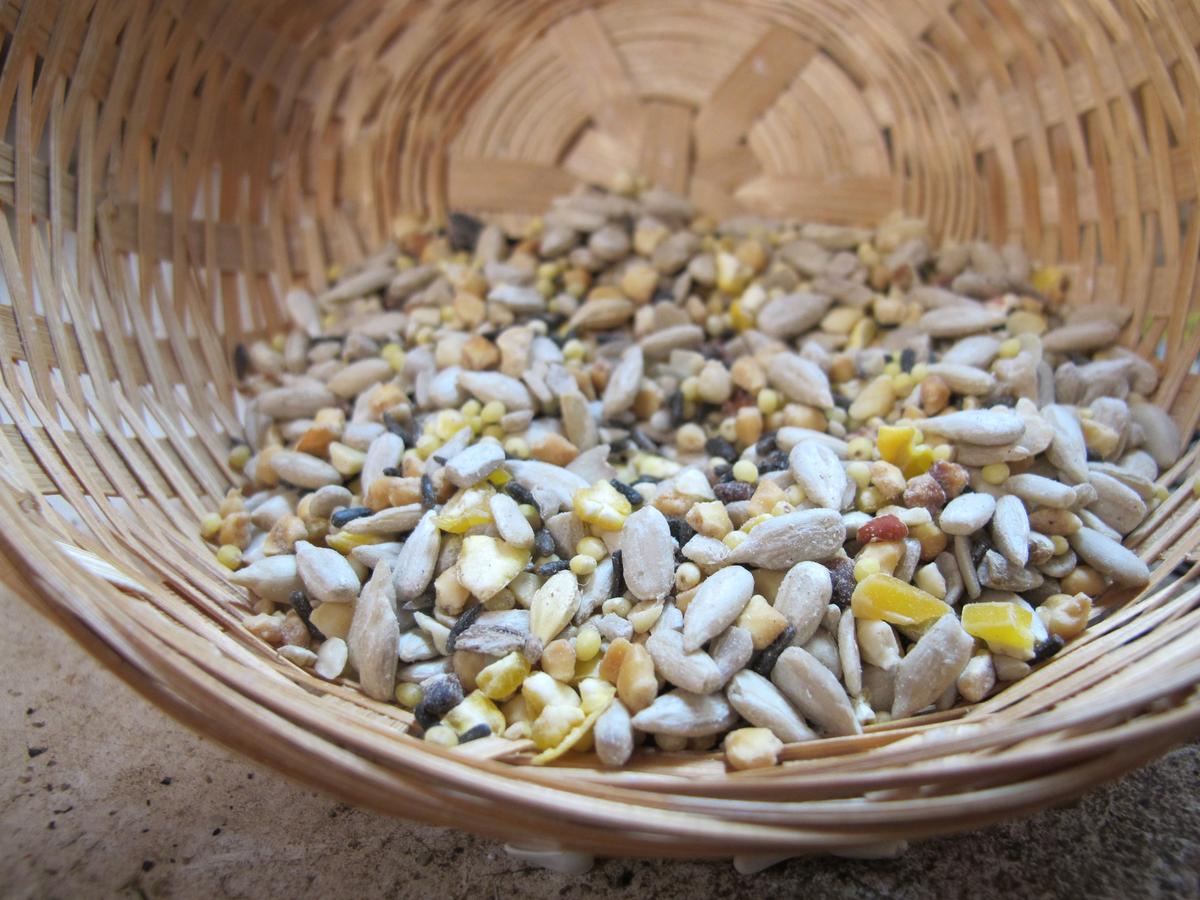
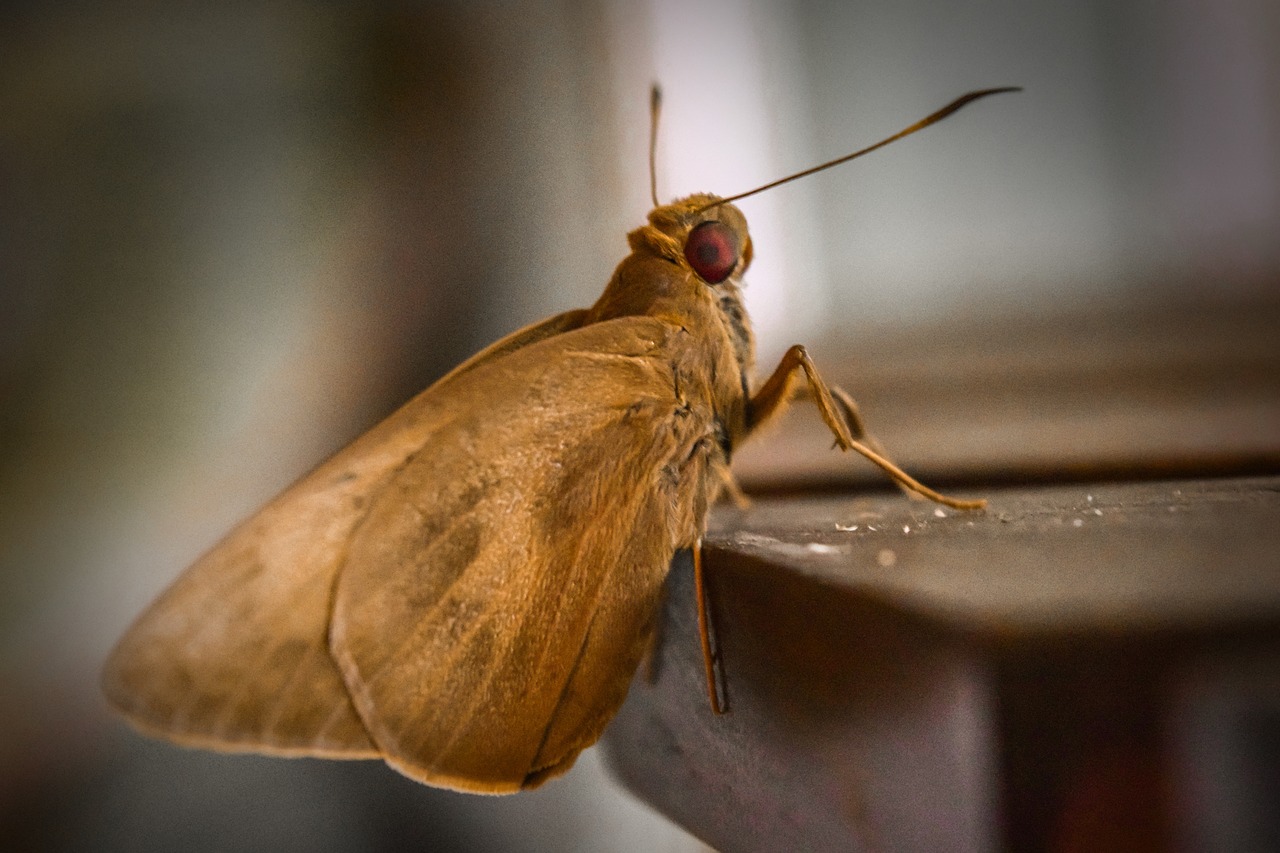
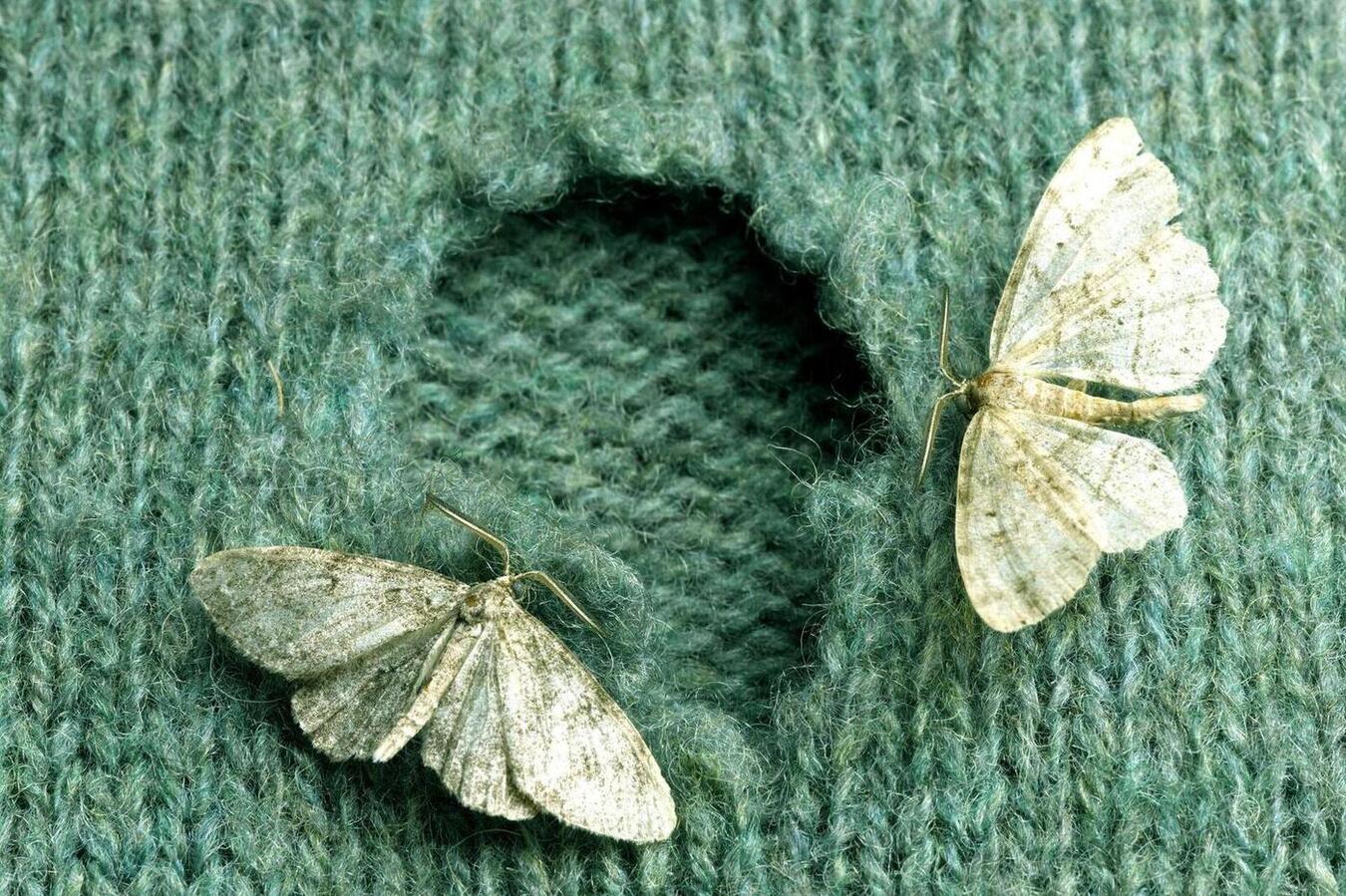





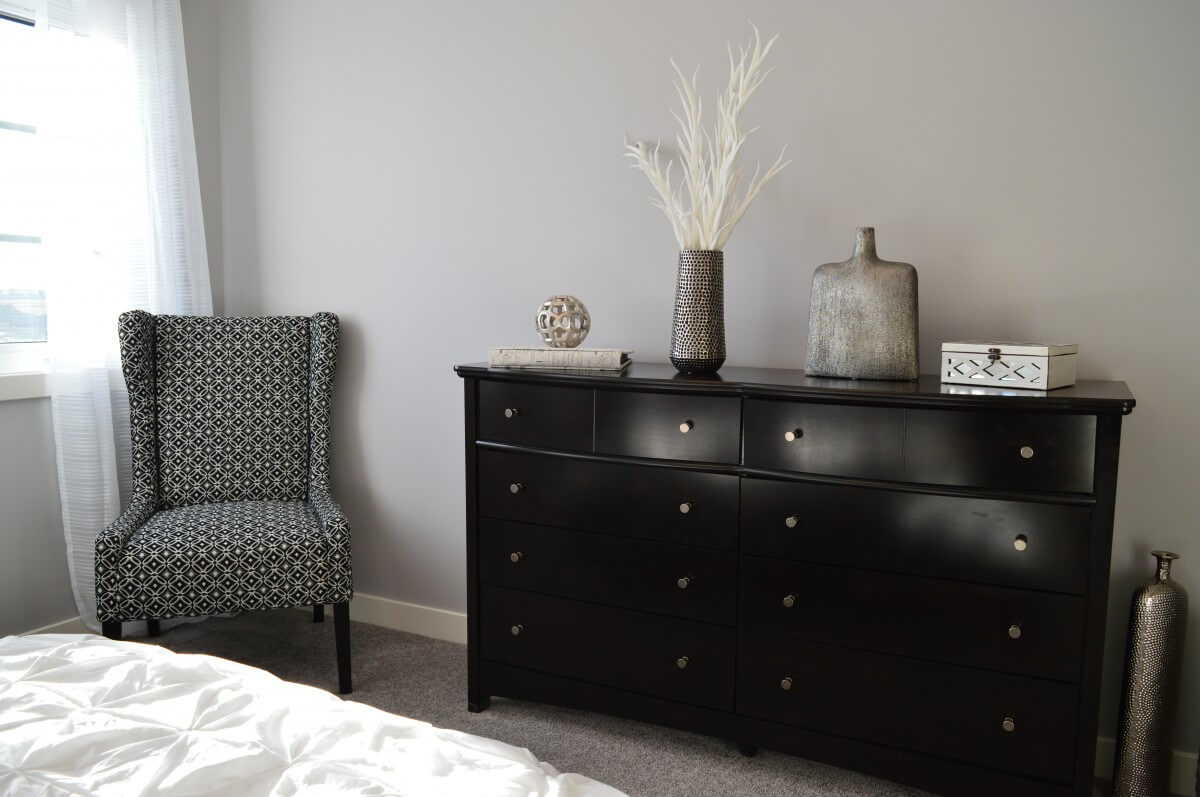
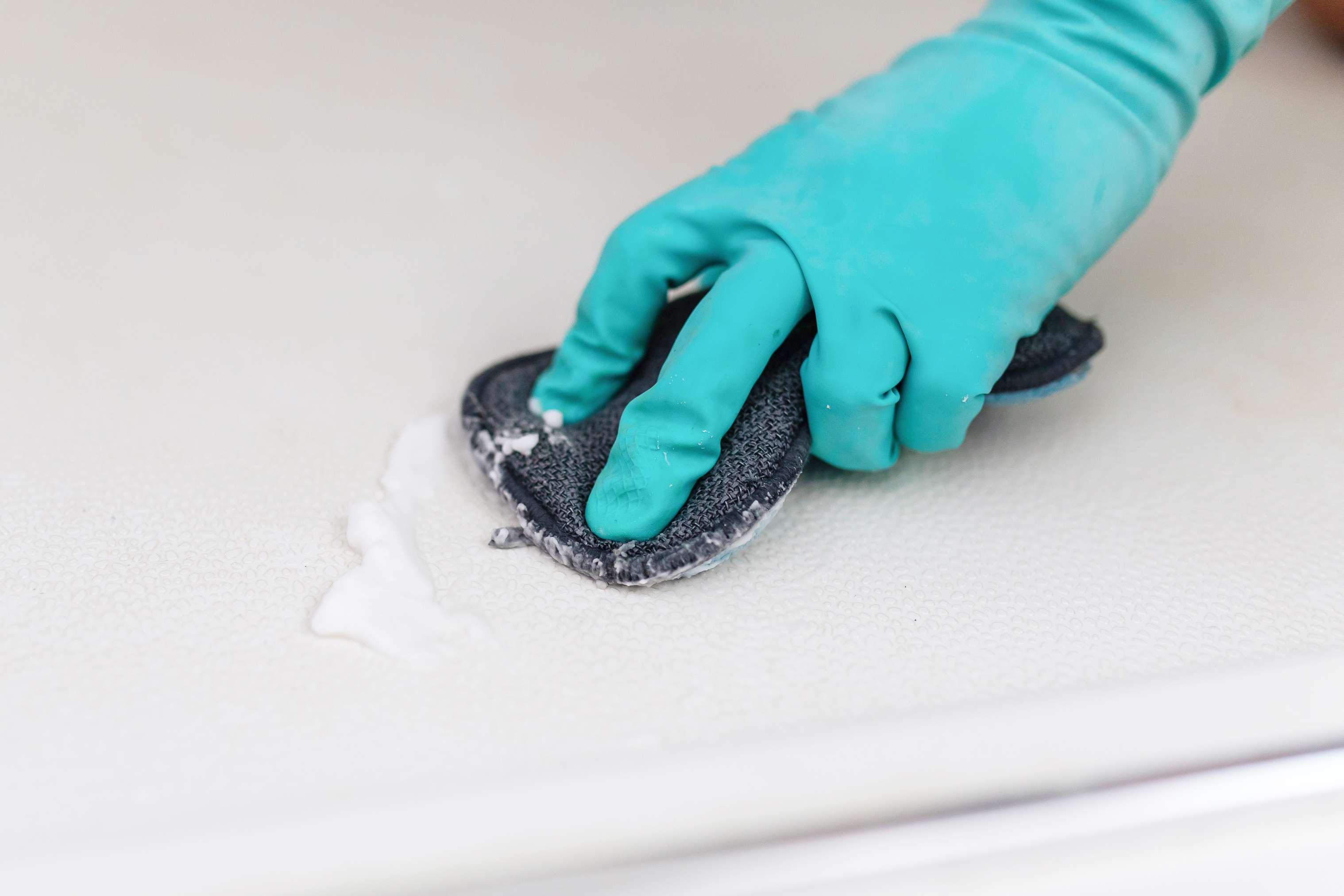


0 thoughts on “How To Get Rid Of Moths In Closet”